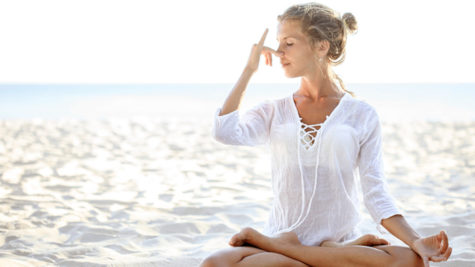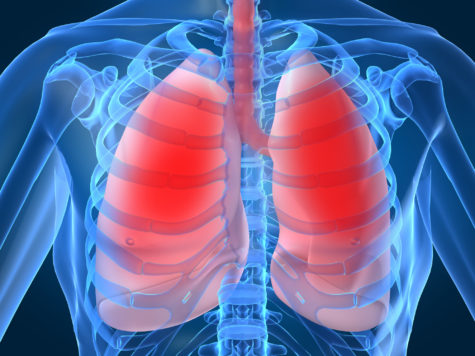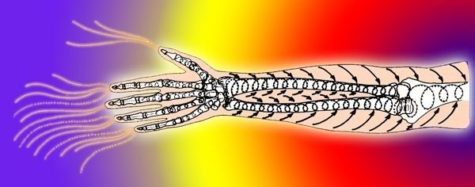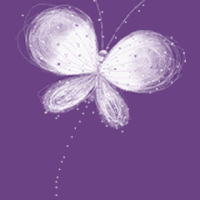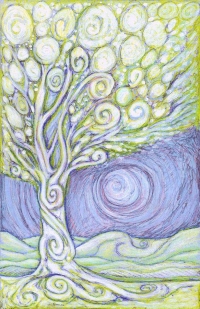Prana
Pranayama
Prana means ‘ vital force ‘ and Ayama means ‘ control ‘ in Sanskrit. Thus Pranayama means the control of the vital force through concentration and regulated breathing. By means of controlled breathing that is, inhaling and exhaling by holding the breath for a fixed time and changing the rhythm of inspiration and expiration, it is possible to influence the life-force in the body. Pranayama is the process by which such conscious control is achieved through controlled and rhythmical breathing .
Pranayama purifies the channels along which the life stream of ‘prana’ flows in the body and prevents various disorders. It increases one’s resistance to respiratory diseases. The best position in which to practice pranayama is the padmasana or lotus pose.
If for some reason that position is difficult to adopt, it can be done while sitting in any comfortable pose. The important thing is to keep the back, neck and head in a straight line. The body should be in its natural relaxed condition and this can be achieved by resting a few minutes in shavasan. If necessary, use your right finger and thumb on either side of the nose to control the right and left nostrils during inhalation and exhalation.
In practicing pranayama, a ratio of two to one should be maintained throughout, that is, the exhalation time should be double that required for inhalation. For instance, if inhalation takes 5 seconds, exhalation should take 10 seconds. Both inhalation and exhalation should be smooth and quiet.
Some varieties of pranayama beneficial in the treatment of common ailments are as follows :
- Anuloma-viloma
This is also known as Nadishuddhi pranayama. Sit in any comfortable meditative pose, keeping your head,neck and spine erect. Rest your left hand on your left knee. Close your right nostril by pressing the tip of your right thumb against it. Breathe out slowly through the left nostril. Inhale slowly and deeply through the left nostril, keeping the right nostril closed. Close your left nostril with the little finger and ring finger of your right hand and exhale through the right nostril. Then inhale through the right nostril, keeping the left nostril closed and, lastly, exhale through the left nostril, keeping the right nostril closed.
This completes one round of anuloma-viloma. Repeat the entire process. Inhaling and exhaling should be done very slowly, without making any sound. This pranayama is a process of purification. It strengthens the lungs and calms the nerves. It helps cure cough and cold, insomnia, chronic headache and asthma.
- Ujjayi
Sit in any comfortable meditative pose. Inhale slowly, deeply and steadily through both nostrils with a low uniform sound through the glottis. Hold your breathe for a second or two after inhaling and then exhale noisily only through the left nostril, keeping the right nostril closed. Do this as often as required.
This pranayama clears the nasal passage and helps the functioning of the thyroid gland and benefits respiratory disorders, especially bronchitis and asthma. Persons suffering from high blood pressure should not practice ujjayi.
- Bhastrika
‘Bhastrika’ means ‘bellows.’ It is performed by instant and quick expiration of breath. There are many varieties of bhastrika. The simplest technique is as follows :
Sit in padmasana. Do 20 strokes of kapalbhati. Inhale and exhale rapidly, making a puffing sound. This is a good exercise for abdominal viscera and lungs.
- Sheetali
Sit in padamasana or any other comfortable posture. Stick your tongue out about an inch from the lips, rolled up at the sides to form a channel like a bird’s beak. Suck in air through the channel. After a full inhalation, slowly close your mouth, hold your breath and exhale slowly through both nostrils. This completes the exercise. Repeat as required.
This pranayama cools the body and mind, activates the liver and bile and has beneficial effects on the circulation and body temperature.
- Sitkari
In sitkari a sound is produced while inhaling by opening the mouth a little, placing the tip of the tongue against the lower front teeth and then sucking the air in slowly. After holding your breath, exhale through both nostrils. This exercise helps to control thirst, hunger and laziness.
- Suryabhedan
‘Surya-nadi ‘ is the right nostril and ‘ChandraNadi’ is the left nostril. In this pranayama, one always uses the right nostril for inhalation. Sit in padmasan or any other suitable posture. Keep your head, neck and back straight. Inhale through the right nostril. Hold your breath and then exhale through the left nostril. Hold your breath and then exhale through the left nostril. Repeat as often as required.
This pranayama increases gastric juices and helps digestion. It also fortifies the nervous system and clears the sinuses.
- Bhramari
In this pranayama, the buzzing sound of a bee is produced and hence it is called bhramari. Keep your mouth closed while inhaling. Exhale through both nostrils, producing the humming sound of a bee. This pranayama affects the ears, nose, eyes and mouth and makes the complexion glow. It also helps those suffering from insomnia.
Bone Breathing
Bone Breathing is the ancient Taoist tradition that brings forth good health and reduced stress. While you might not have heard of bone breathing before it is something that could really benefit you. It is something many have practiced throughout the years and is exactly what it sounds like it would be.
Bone breathing is basically a process in which someone breathes as deeply as possible in the hopes of it actually reaching their bones. There are several different methods to this and not all are going to work for everyone, you have to find the one that works best for you. This is an ancient practice that can relieve you of stress and is thought to benefit the health of those who partake.
How To Practice Bone Breathing:
The bone breathing technique allows us to ingest large amounts of this vital energy or ‘prana’. We can use this energy to stay healthy, get motivated, strengthen our sense of purpose, and generally become more powerful.
Before you begin this exercises I suggest that you consult your Doctor; if you suffer from high blood pressure, heart problems, or are at risk for aneurysms, then I suggest you talk to him before you start.
In order to begin let us imagine that the air around you and the air that fills up your lungs is actually a kind of light, you can think of this vital energy as a type of vapor or gas that is slightly thicker than the typical air around you. With this imaginative construction in mind, try to fill your lungs completely from bottom to top, just like the glass fills with water. Then try to empty out your lungs completely, just like a glass, from top to bottom. This is correct breathing and how you should be breathing all the time.
Keep that imaginative construction of the vital vapor or “prana’ in mind, it will teach you how to begin to use this ‘prana’ properly and will allow you to develop your own imaginative ideas on how to move this force through your body. I am certain that you will feel incredibly revitalized after breathing like this for a while.
In order to do bone breathing, you must begin to channel this vital energy throughout your body. Bone breathing is mostly concerned with sucking in that vital energy through different parts of the body and is therefore used while inhaling.
To begin imagine that you are breathing through the bones in your arms; think of your arm bones as being giant sponges that suck in the vital ‘prana’ through the force of your inhale. As you do this you can imagine that there is a bit of resistance because the bones in your arms are thicker and therefore harder to breathe through than your throat. Imagine sucking in the vital energy through your arm bones and filling your lungs from bottom to top just like before.
When your lungs are completely filled, you can exhaled in a quick sigh and either stop there or begin to inhale again and repeat the process.
If you have done this correctly, your arms should feel almost tingly, your blood pressure will have gone up, and you will feel more alert and energized. Now try to do the same breathing through the bones of your legs. Do this for about 10 breaths and relax for a while.
Try next to do 10 breaths through the bones on your back and then take a break for a little while. Try 10 breaths through the bones in your skull and take your brake. Finally, try to do this breath technique by breathing in through every pore in your body for 10 breaths. After this completed routine you should feel amazingly strong, and light as a feather. Keep practicing and developing your technique; the key is to combine your imagination and your breathing in order to be able to suck up huge quantities of this vital energy that is all around you.
Basically, this technique allows you to get rid of all of the negative energies surrounding you and bring forth positivity. It is something that we should all do several times each day or at least five times a week if possible. If you are a person that tends to hold onto stress this might really make a big difference for you. Taoist masters even believed this could regenerate bone marrow.
Sources:

